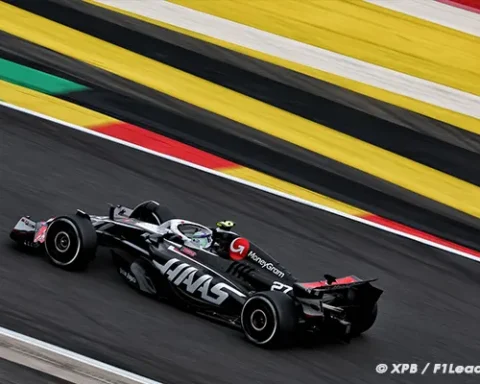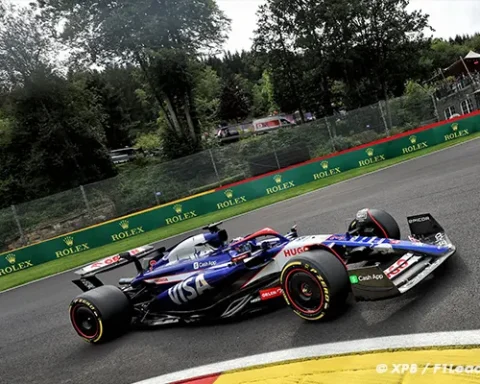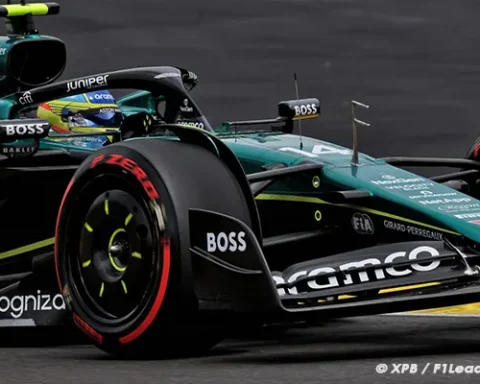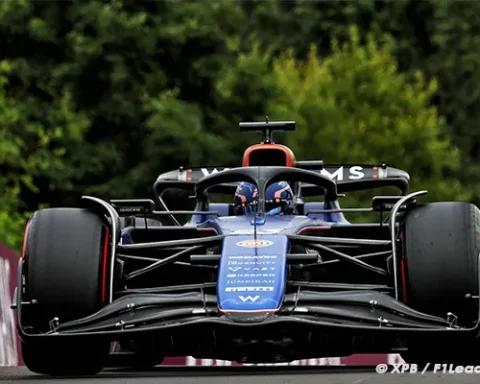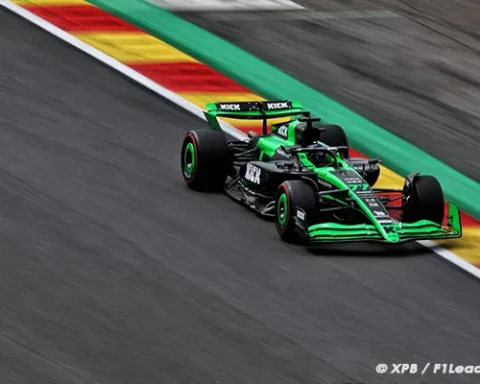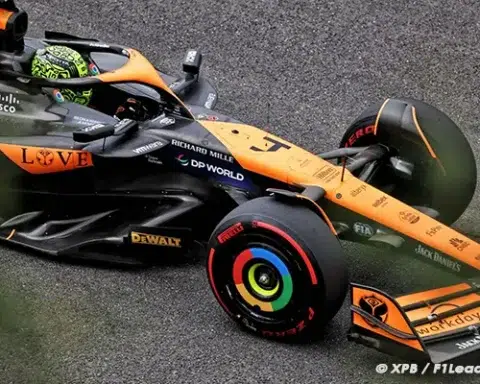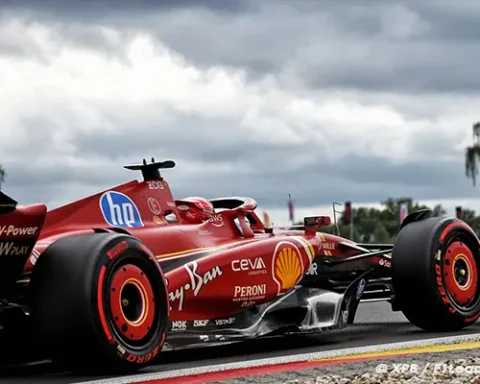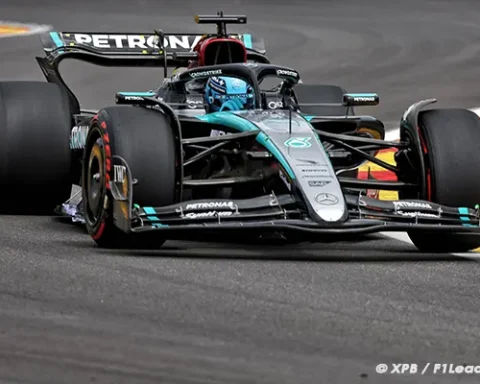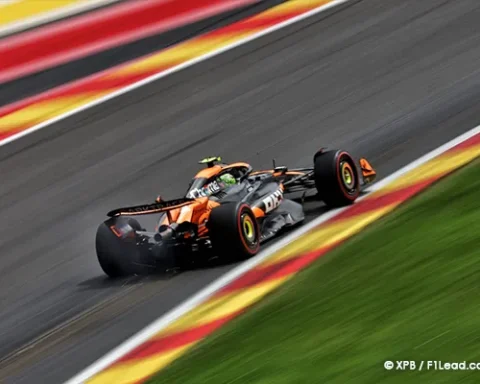As F1 targets carbon neutrality by 2030, its initial “Impact Report” reveals modest progress, highlighting ongoing challenges and future strategies.
The sport’s first “Impact Report,” published this week, specifically reviews the progress made.
The key data to remember is this: in 2022 (the latest data available), the sport’s carbon footprint decreased by 13% compared to 2018.
This is relatively small given the significant ground to cover by 2030…
As a reminder, by 2030, to achieve carbon neutrality, F1 will need to reduce its emissions by at least 50%.
So, there is still 37% of the carbon footprint to address. Almost a chasm…
However, it is in logistics (the most polluting sector in F1, accounting for half of the total emissions, notes FOM) where the most significant margins for improvement lie.
There is hope in this area. For example, F1 tested DHL trucks powered by biofuel during the European season: this reduced emissions related to logistics by 83% during European weekends.
But it is challenging to repeat the same operation when F1 tours the world… from then on, the goal of extending the calendar seems contradictory to that of reducing emissions. Regionalizing the calendar can limit the adverse effects, but not reverse them.
Moreover, while the pollution directly emitted by engines on Grand Prix weekends accounts for about 1% of the carbon footprint, the symbol sent here is significant. Thus, F1 will use 100% biofuels by 2026 (already the case at 55% in F2 and F3).
F1 also depends on the efforts of promoters to achieve carbon neutrality. In this regard, it has congratulated the Grand Prix of Austria, Bahrain, or the United Kingdom, which have implemented significant initiatives.
“Over 75% of promoters used renewable energy sources in 2023, up from 50% in 2022,” notes F1.
“The Austrian Grand Prix reduced relevant emissions by more than 90% in the pit lane, paddock, and stands thanks to a next-generation energy management system. This trial will be extended in 2024 and beyond.”
“The solar park at the Bahrain International Circuit produced 5.28 MW of clean energy between the 2022 and 2023 Grand Prix, enough renewable energy to cover the entire circuit usage for F1, with a significant reserve capacity.”
“The British Grand Prix was entirely powered by green energies. This included 2,746 solar panels and the use of hydrotreated vegetable oil (HVO) for all temporary generators.”
F1 certainly doesn’t forget to highlight the efforts of its own Grand Prix…
“Beyond energy, the Las Vegas Grand Prix also launched a water conservation program, the first of its kind, with the aim of implementing technologies to reduce and, ultimately, offset water consumption during large-scale sporting events,” F1 continues.
Other advancements have also been achieved since 2018. For instance, F1 is the only sport where all teams have received the FIA “three stars” environmental label (in addition to the sport).
“Sustainability is one of the most important factors for us, not only as a sport but also as a business,” commented Stefano Domenicali, CEO of F1.
“It is no longer enough for us to just offer action and wheel-to-wheel racing on the track, we need to ensure that we do it in a sustainable way so that our sport can thrive in the future.”
“F1 has been innovating and influencing society for over 70 years, and we have seen how the great minds and technology of this sport have had a positive impact in many areas.”
“We are a global sport with over 700 million fans worldwide, which gives us a large platform to create change and influence those who watch and engage with F1 – to act and leave their own positive legacy.”
“Over the past four years, we have made significant progress and remain very focused on our goals, and I am eager to see the impact we can have.”
Sustainability but also equality
Another very important aspect of sustainable development for F1 is diversity and equal opportunities.
Here too, F1 underscores its efforts: the launch of the F1 Academy for women, of course. Or the 265% increase in the number of women qualifying for the British Indoor Karting Championship (BIKC), in partnership with the British automobile federation.
But beyond the drivers, F1 also continues its mentoring and training efforts to attract engineers with diverse profiles, with its scholarship program.
The first ten scholarship recipients have begun their courses, while F1 has also trained or raised awareness among hundreds of young people with diverse profiles in recent years.
These efforts are finally complementary to the programs carried out internally by the teams, like the “Mission 44” launched by Lewis Hamilton at Mercedes F1.

F1’s 2030 Carbon Neutrality Goal: Progress and Challenges. F1’s 2030 Carbon Neutrality Goal: Progress and Challenges. 2030 formula one F1’s 2030 Carbon Neutrality Goal: Progress and Challenges
- ReadMore>Mercedes F1 Hits £500M Revenue Amid Rising Costs
- Following us on Facebook and Twitter

